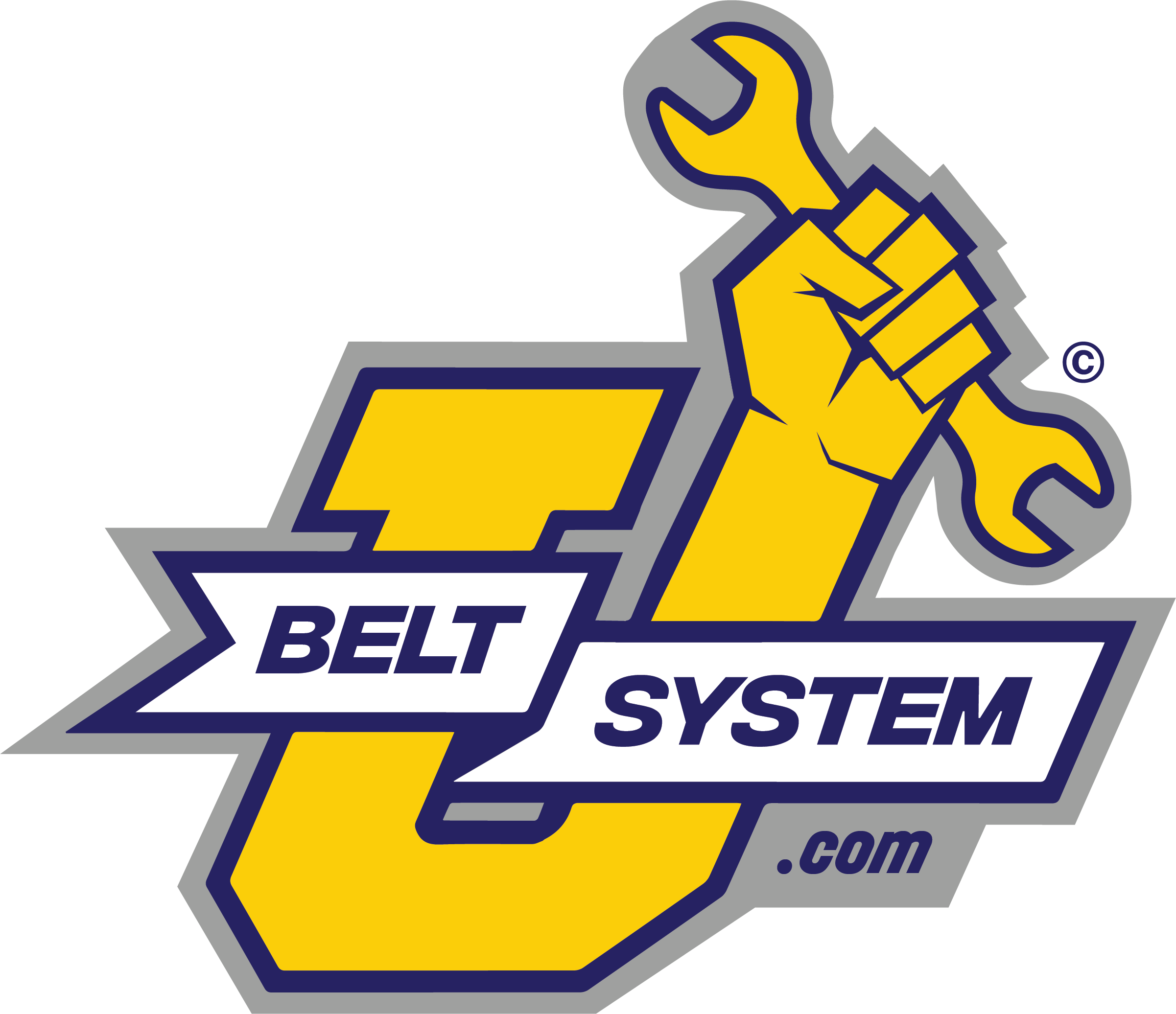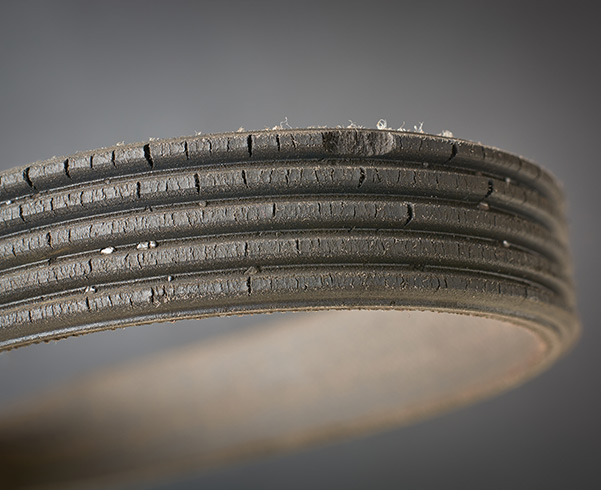Most of the later model engines use a serpentine belt to drive the accessories, including the power steering pump, air compressor, and alternator. Unlike V-belts, which are tensioned by moving the brackets, a serpentine belt uses a spring-loaded tensioner to ensure the belt stays tight. Once the belt stretches past its useful life, it is too long for the tensioner to work. In this case, you need to replace the belt.
However, the tensioner is not immune to wear and tear. It is considered a maintenance item that needs to be replaced when it wears out. When you change the belt, you should also inspect the tensioner.
Inspecting the Tensioner
When inspecting the tensioner, there are nine things to look for:
Rust and Cracks
If you see rust dripping off the tensioner or notice signs of rust between the tensioner arm and its base, that is a sign that the tensioner is going to fail in short order. Also, look for tracks, as this will cause the tensioner to fail as well.
Spring Force
While the tensioner is bolted in place, use a wrench to move it back and forth. This is easier if you have a tensioner wrench. If you do not feel resistance, the spring is worn. Other signs of a worn spring are a squealing belt and components sporadically stopping.
Pulley Bearings
Once you remove the belt, spin the tensioner pulley. It should spin smoothly and should not make any noise. If you notice noise or if the pulley doesn’t spin freely, the bearings in the pulley are worn. Always replace the entire tensioner, not just the pulley as other parts on the tensioner could be just as worn.
Worn Pulley
The pulley on the tensioner could be made from steel, nylon, or plastic. Depending on the model of the vehicle, its surface could be flat or grooved. Inspect the pulley to ensure that it does not have any dents, cracks, chips, and that there is no debris embedded in the pulley’s grooves. Check to ensure that the groove’s high points are not worn, and that on plastic pulleys, the high sidewalls are not broken or cracked.
Alignment
If the belt is not tracking properly on the tensioner, the tensioner is misaligned or installed incorrectly. Check for correct installment and that the belt is not misaligned, which could be caused by another pulley being out of alignment. An alignment tool makes this task much easier to diagnose.
Tensioner Arm
Make sure the tensioner arm moves back and forth without binding or grinding. A tensioner wrench makes this task easier, though you can sometimes use a box wrench.
If you notice smooth, shiny streaks on the tensioner housing or the arm, the belt is rubbing, and the tensioner arm might not be aligned properly.
If the tensioner arm moves too far in either or both directions, the spring torque or the damping system is bad. If this is a problem, check the alternator pulley as that failure could cause this. You will have to replace the alternator and the tensioner.
Noise
If you hear the tensioner rattling or squeaking, either the bearings are going bad or the pivot area is worn.
Replace the Tensioner
If you notice any of these problems, with the exception of a belt misalignment caused by another component, you will have to replace the tensioner. In most cases, replacement is easy.
If the belt is good, loosen the tensioner and remove the belt from only the tensioner pulley. Remove the bolts holding the tensioner to the block. Check the new tensioner before you install it to ensure that there aren’t any defects. Bolt it to the block. Rotate the tensioner toward the center of the block and slide the belt on. Make sure the belt is aligned on all of the pulleys.







